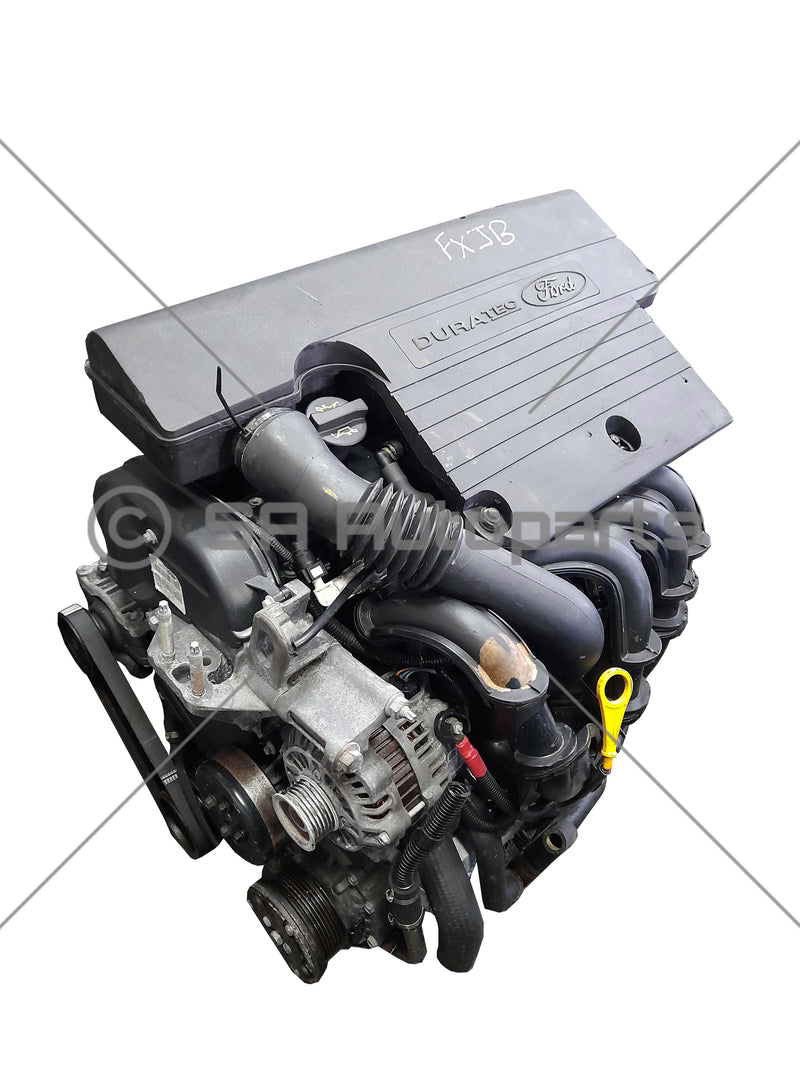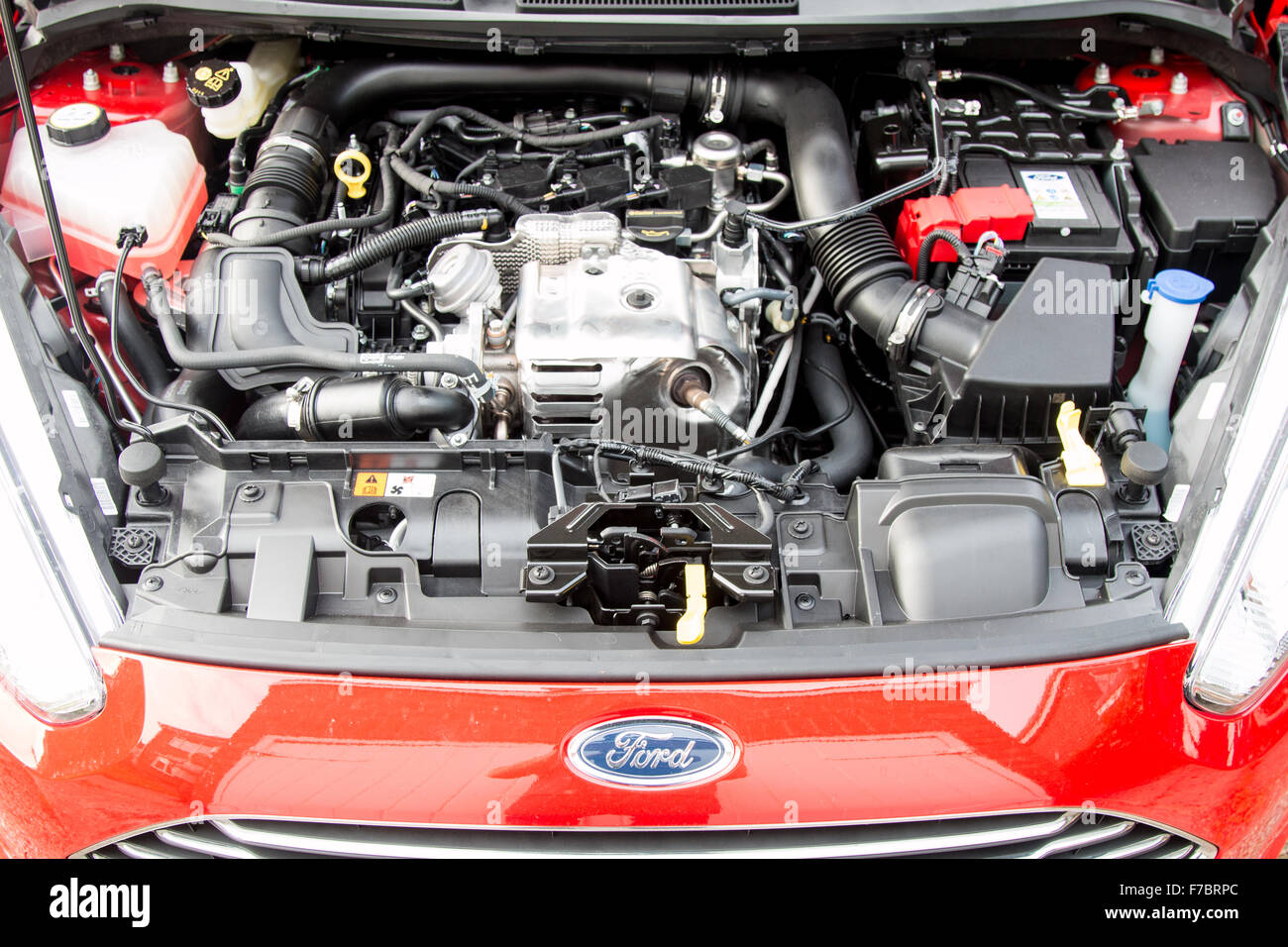Checking Out the Evolution of Engines: From Classic Layouts to Modern Marvels
The advancement of engine innovation represents a considerable story in the history of technology, noted by crucial improvements that have actually consistently redefined transportation and industry. From the preliminary heavy steam engines that powered the Industrial Transformation to the development of inner burning engines that transformed movement, each stage has actually added to better performance and capacity. Currently, the shift to electrical power symbolizes not just a technological shift yet additionally a wider commitment to environmental sustainability. As we analyze these turning points, one must consider exactly how the future of engine style might unravel, challenging our understandings of power and performance.
The Birth of Engine Innovation
The introduction of engine technology noted an essential moment in human advancement, changing power conversion and transport. The earliest engines arised from the demand to harness mechanical power for sensible use, leading to the advancement of devices that transformed various power forms into activity (ford fiesta engine).
The growth of the inner combustion engine and the development of the steam engine catalyzed a profound change in industrial capacities. These engines not just enhanced performance yet additionally broadened the scope of human mobility, making it possible for unprecedented transport possibilities. The early prototypes laid the foundation for the mechanized globe, promoting the rise of markets and reshaping social frameworks.
As engine styles developed, they advanced and included innovative materials engineering concepts, paving the means for modern-day advancements - ford fiesta engine. The birth of engine modern technology sparked a relentless quest of effectiveness and power, setting the stage for the vibrant development of transportation and commercial machinery that would certainly follow
Steam Engines and Their Influence

The heavy steam engine's impact was specifically obvious in the transportation field (ford fiesta engine). Steam-powered engines promoted the quick activity of products and individuals throughout large ranges, efficiently diminishing the geographical obstacles that had formerly impeded profession and interaction. Steamships reinvented naval traveling, permitting for quicker and much more trustworthy crossings of rivers and seas.
In market, steam engines powered manufacturing facilities, allowing mass production and the surge of urban centers as hubs of economic activity. This shift not only changed labor dynamics however also added to the appearance of a consumer-driven culture. Moreover, heavy steam technology cultivated technologies in engineering and production processes, preparing for future advancements in engine style. The tradition of heavy steam engines is profound, mirroring a critical moment in human ingenuity and the unrelenting pursuit of progression.
The Increase of Inner Burning
Often eclipsing heavy steam power, the rise of internal burning engines noted a transformative change in transport and market during the late 19th and early 20th centuries. The development of these engines, characterized by their capacity to burn gas within the engine itself, made it possible for better performance and power compared to typical vapor engines. Pioneering innovators such as Nikolaus Otto and Rudolf Diesel played crucial functions in developing engine styles, causing extensive fostering in automobiles, watercrafts, and industrial equipment.
The interior combustion engine's small dimension and reasonably lightweight nature facilitated the emergence of individual cars, changing individual movement and improving city landscapes. By making it possible for faster traveling and the effective transportation of products, these engines militarized financial growth and promoted globalization. The flexibility of gas choices, consisting of gasoline and diesel, further boosted their charm, enabling diverse applications throughout various industries.
In spite of the ecological problems that would later emerge, the preliminary appeal of inner burning innovation lay in its transformative potential. As culture embraced this innovation, the foundation was laid for modern transport systems, establishing inner burning engines as a keystone of industrial innovation and life throughout the 20th century.
Advancements in Engine Efficiency
As interior burning engines became essential to transport and sector, the emphasis shifted in the direction of boosting their effectiveness to satisfy expanding needs for efficiency and sustainability. Innovations in engine style, product science, and modern technology have dramatically added to this development.
One major innovation is the growth of turbocharging, which enables increased air consumption, leading to more complete gas burning and improved power result without increasing the size of engine size. In addition, variable valve timing systems have actually been applied to optimize engine performance throughout various RPM varieties, thus boosting fuel efficiency.
The usage of advanced fuel shot technologies, such as straight shot, has actually likewise played an important duty. This technique enables even more precise control over the fuel-air mix, promoting better burning and lowering exhausts. In addition, lightweight products, consisting of aluminum and composite elements, have been anchor adopted to decrease general engine weight, resulting in improved performance.
These improvements show a more comprehensive fad within the automobile market, where the harmony between engineering advancement and environmental factors to consider drives the ongoing quest for greater performance in internal combustion engines. As an outcome, modern engines are now much more effective, navigate to this site cleaner, and effective than ever previously, leading the way for an extra lasting future in transportation.
The Change to Electric Power
With growing problems over ecological impact and fossil fuel reliance, the automobile industry is experiencing a significant change in the direction of electric power. This shift is driven by a combination of technical advancements, governing stress, and changing customer choices. Electric vehicles (EVs) offer a compelling alternative to conventional interior burning engines, boasting reduced greenhouse gas exhausts and reduced operating expense.
The rise of battery modern technology has actually been a video game changer, with lithium-ion batteries coming to be extra efficient and economical. Improved power density and faster charging capabilities have made EVs extra practical for daily usage. Federal governments worldwide are implementing motivations and establishing enthusiastic targets for phasing out fossil fuel lorries, therefore accelerating the adoption of electric power.
Major automakers are spending greatly in r & d, causing the intro of a diverse series of electric designs. This includes not just automobile yet likewise industrial lorries and public transportation remedies. As billing facilities expands and battery modern technology remains to improve, the change to electrical power is positioned to improve the auto landscape, advertising sustainability and development in the years to find. The future of transportation is electrical, and the energy is indisputable.
Verdict
The evolution of engine modern technology represents a significant trajectory of development that has actually greatly affected transportation and sector. From the fundamental heavy steam engines to the transformative inner combustion engines, each growth has added to improved wheelchair and economic development.
